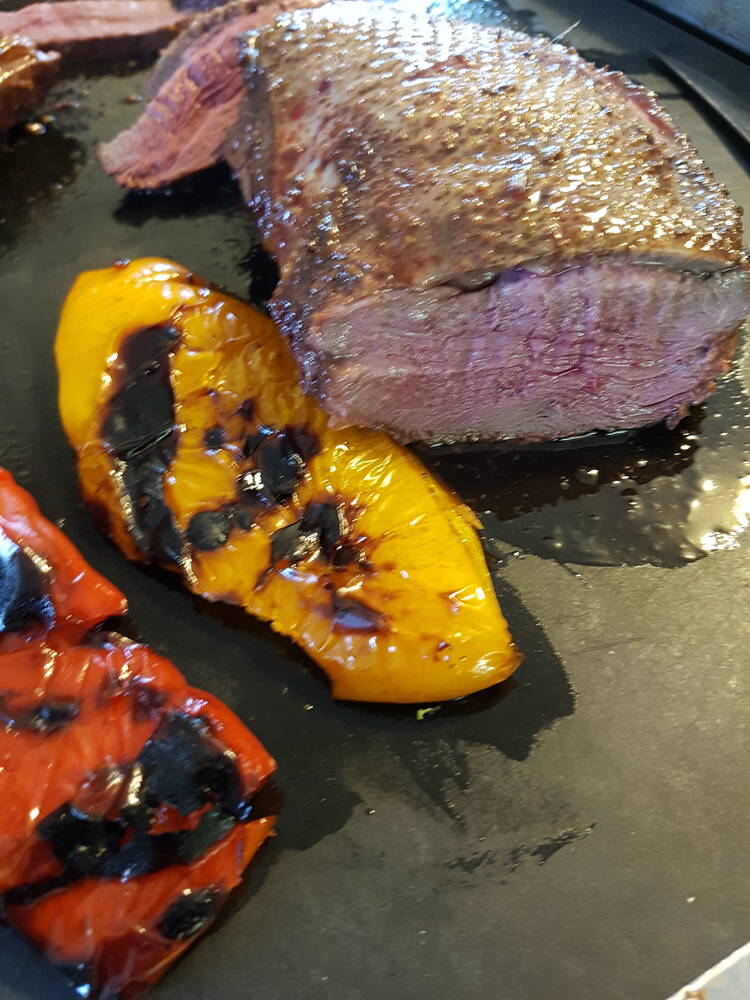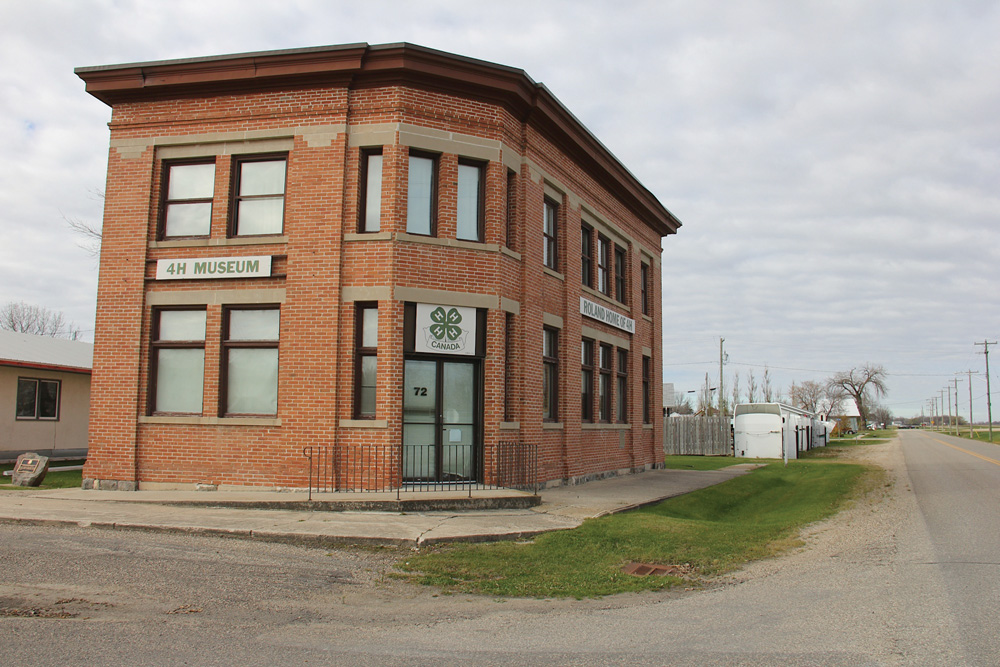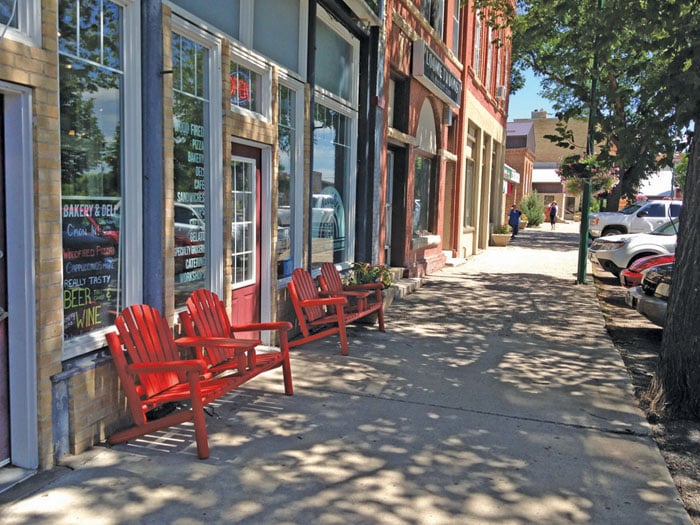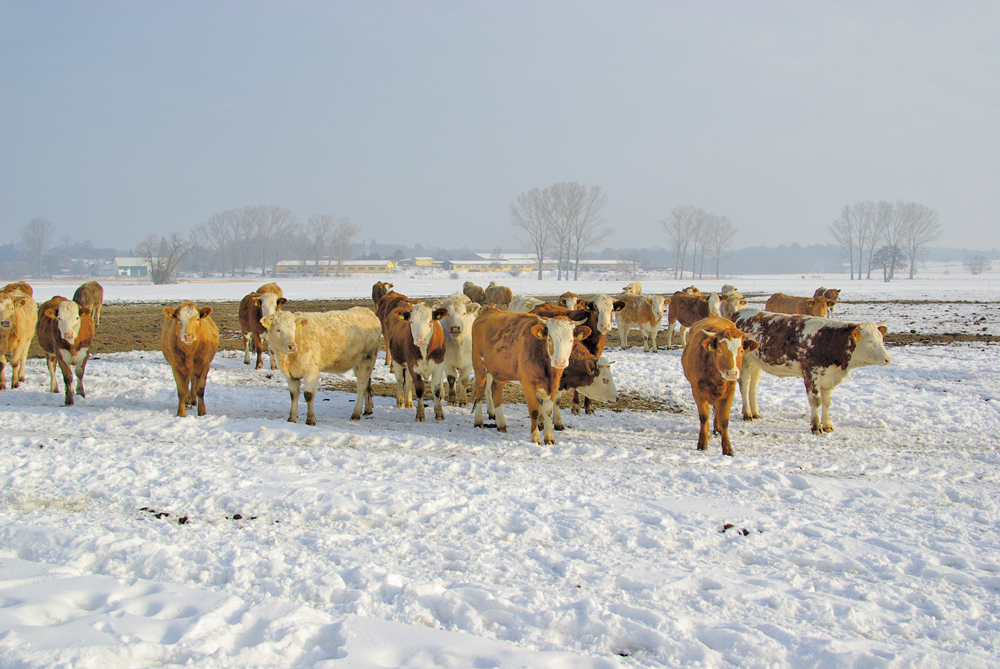Roland’s 4-H Museum’s collection will stay put another winter while a local group continues to search for a new home for it.
Earlier this year, a spokesperson for the museum said they’d pack up the collection of uniforms, banners, scrapbooks and other donated items this fall as a precaution against chill and humidity.
Its current home, the former Royal Bank building built in 1902, is proving too difficult to heat and control the humidity, which is damaging to the artifacts.
But the 4-H Museum has nowhere else to go right now, said Colleen Hodgson, a member of the Historical Society of the RM of Roland.
Read Also

Giant Canada geese have gone wild in Manitoba
Giant Canada geese are seemingly everywhere and can be fine table fare for local hunters, but 70 years ago, they were borderline extinct.
They explored the idea of building an addition onto the municipal hall to house it so the collection could be on display year round.
“That idea did not pan out,” she said. “The whole hall would have had to be updated — a lot of engineering issues that were going to be very, very costly.
“So now we need to come up with another idea.”
In the meantime, they’re wondering what support actually exists for preserving this collection beyond Roland. The museum was begun by members of Roland’s historical society in 1988 during the 75th anniversary of the 4-H program.
But during the 100th anniversary celebrations in Roland in 2013 officials with the Ottawa-based Canadian 4-H Council declared it a national site.
That raised hopes some resources will follow, said Hodgson. But Roland is still fundraising to pay that $3,000 Hydro bill. There have been no indications from the national group of assistance to help cover the capital costs of a move or site upgrade.
“We know they’re (4-H Canada) not flush with money either,” said Hodgson. “But we have dealt with it as it is for 25 years. Now that they’ve claimed it as a national museum, you would hope that there would be some more help.”
No one from the Canadian 4-H Council was available last week for an interview, but in an emailed statement Jennifer Austin, the organization’s director of marketing and communications, said the organization recognizes the significance of the museum to the tradition of 4-H and 4-H Canada has contributed significant resources to it.
They’re waiting to hear what Roland recommends before they can offer help, Austin wrote.
“The Manitoba provincial association is working with them to develop a plan for the future that will assess the current financial issues,” she wrote. “Once that plan is developed, we will assess if we are able to support. We look forward to seeing this detailed plan.”
The Manitoba 4-H Council also wants to help, said Manitoba 4-H’s executive director Clayton Robins, noting the provincial group supports the museum directly with an annual percentage of membership fees allocated to help with operating costs.
“We know that they need significantly more dollars because the building that they’re in doesn’t have a whole lot of good service left in it,” he said.
However, Robins also said it remains up to Roland to decide what’s the next step for the site.
“Once they know exactly what they need in terms of the building and the cost and the plan going forward, our commitment is to work with them to help them find those dollars,” he said.
Manitoba Agriculture, Food and Rural Development also has staff and processes in place to help organizations like Roland’s museum board to do strategic planning, Robins added.
“That’s been offered to the museum board to go through that process.”
But that’s the clincher. Theirs is a small group with little time to do this, Hodgson said.
“These are volunteers on our board,” she said. “They don’t want to be going to seminars to learn how to fill out a form to ask for grant money.”
However, once harvest is done, and Roland has its annual fall supper and fair behind it, they’ll regroup to look at their options again, she added.
















